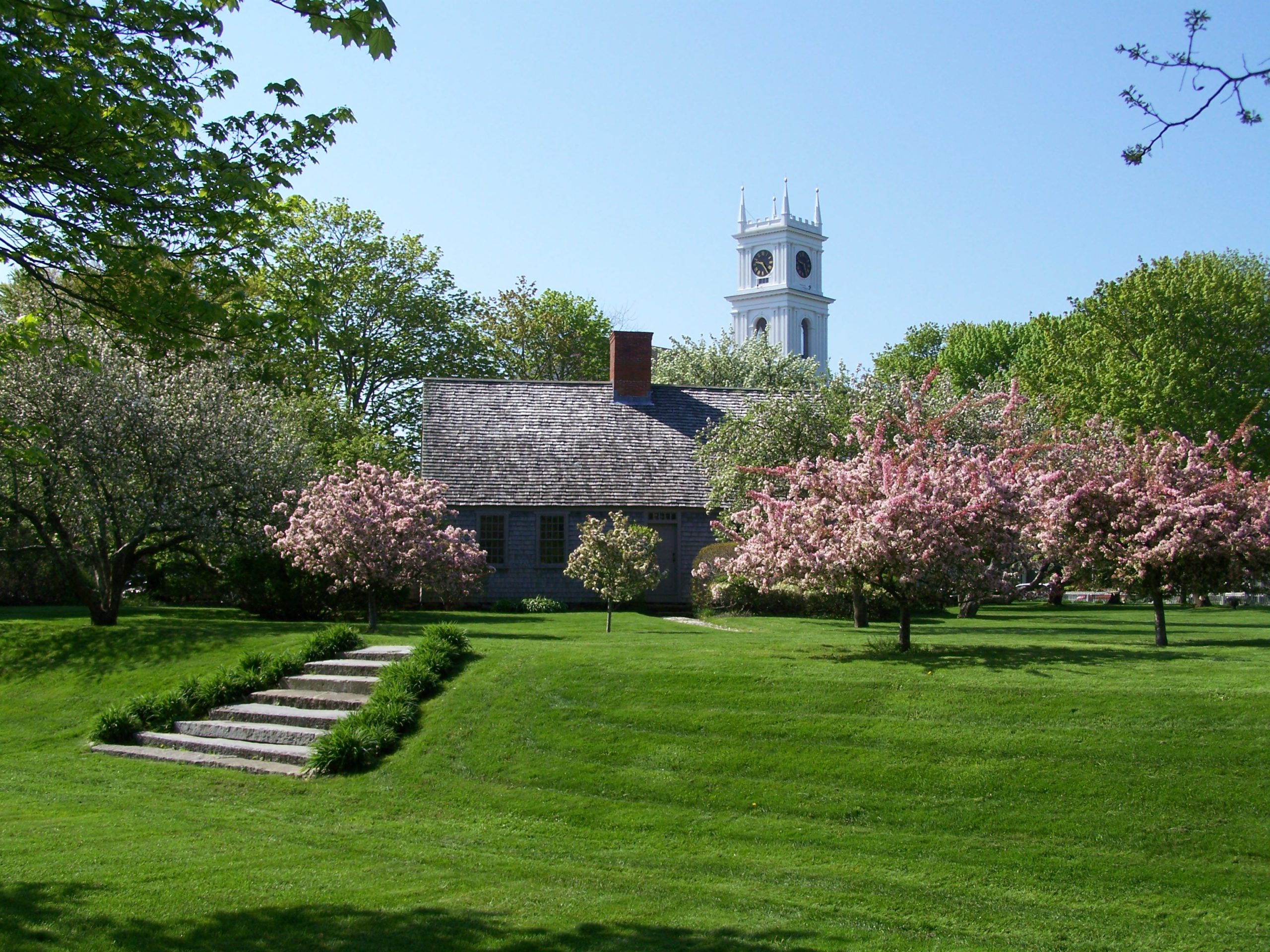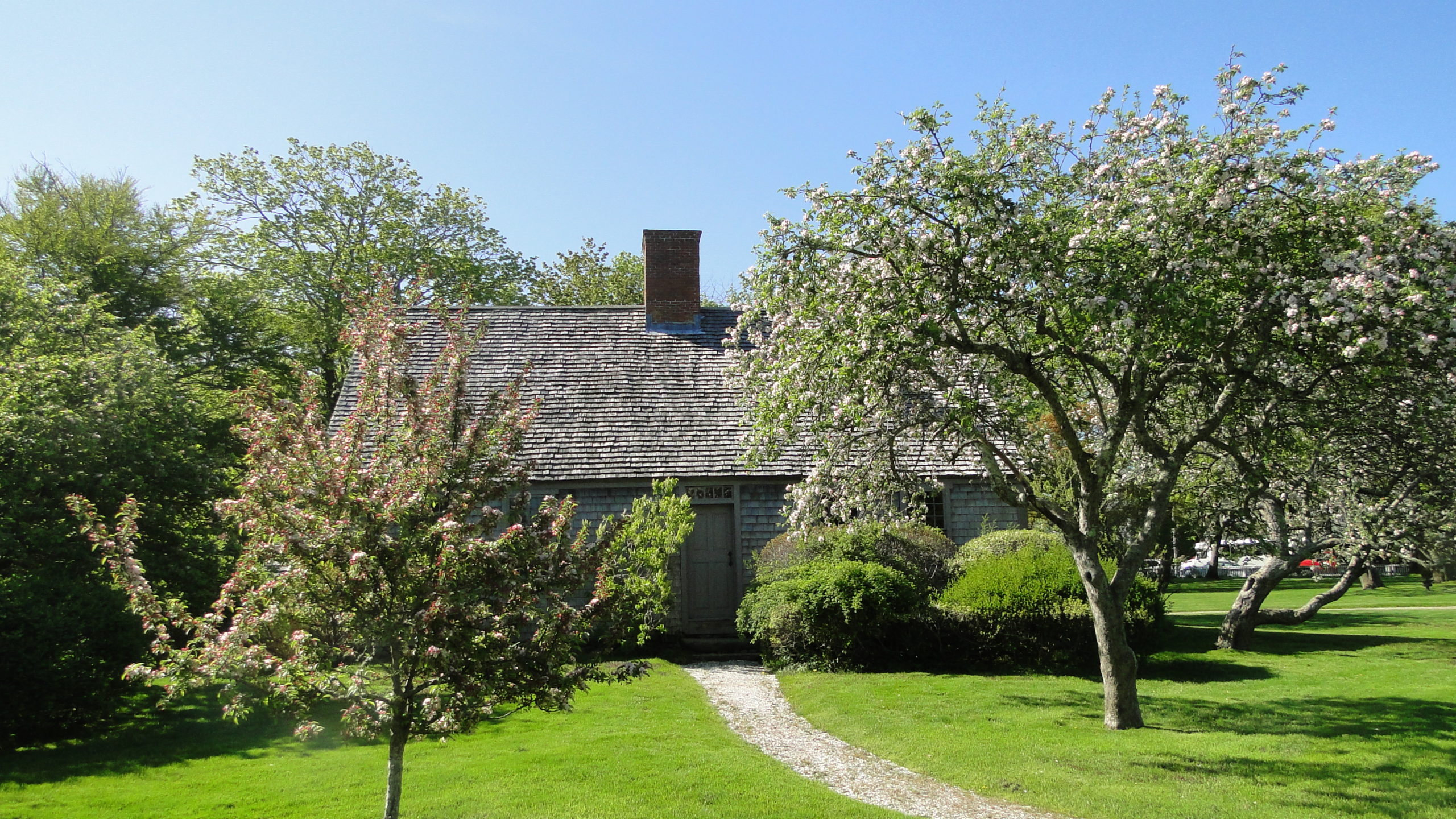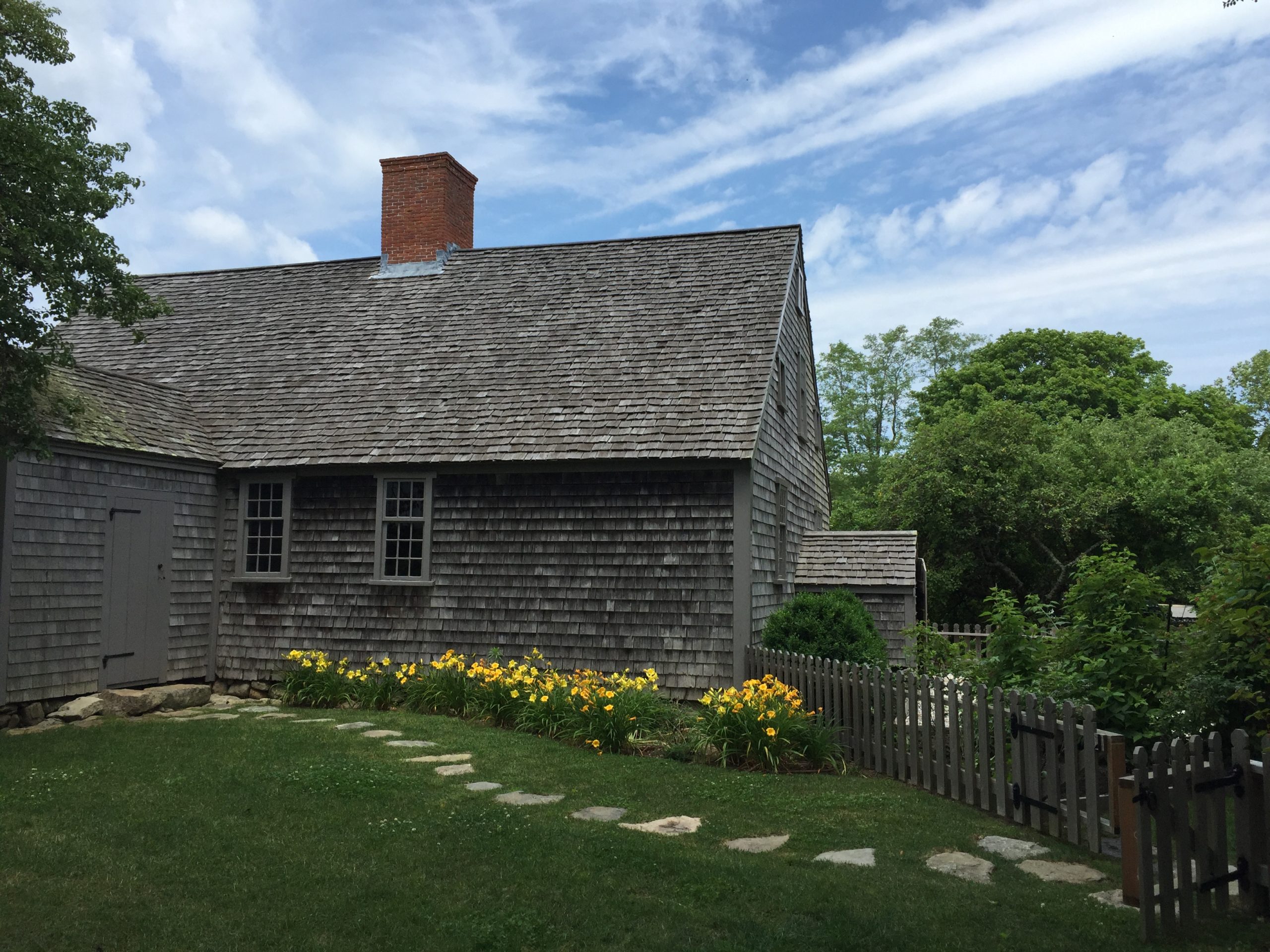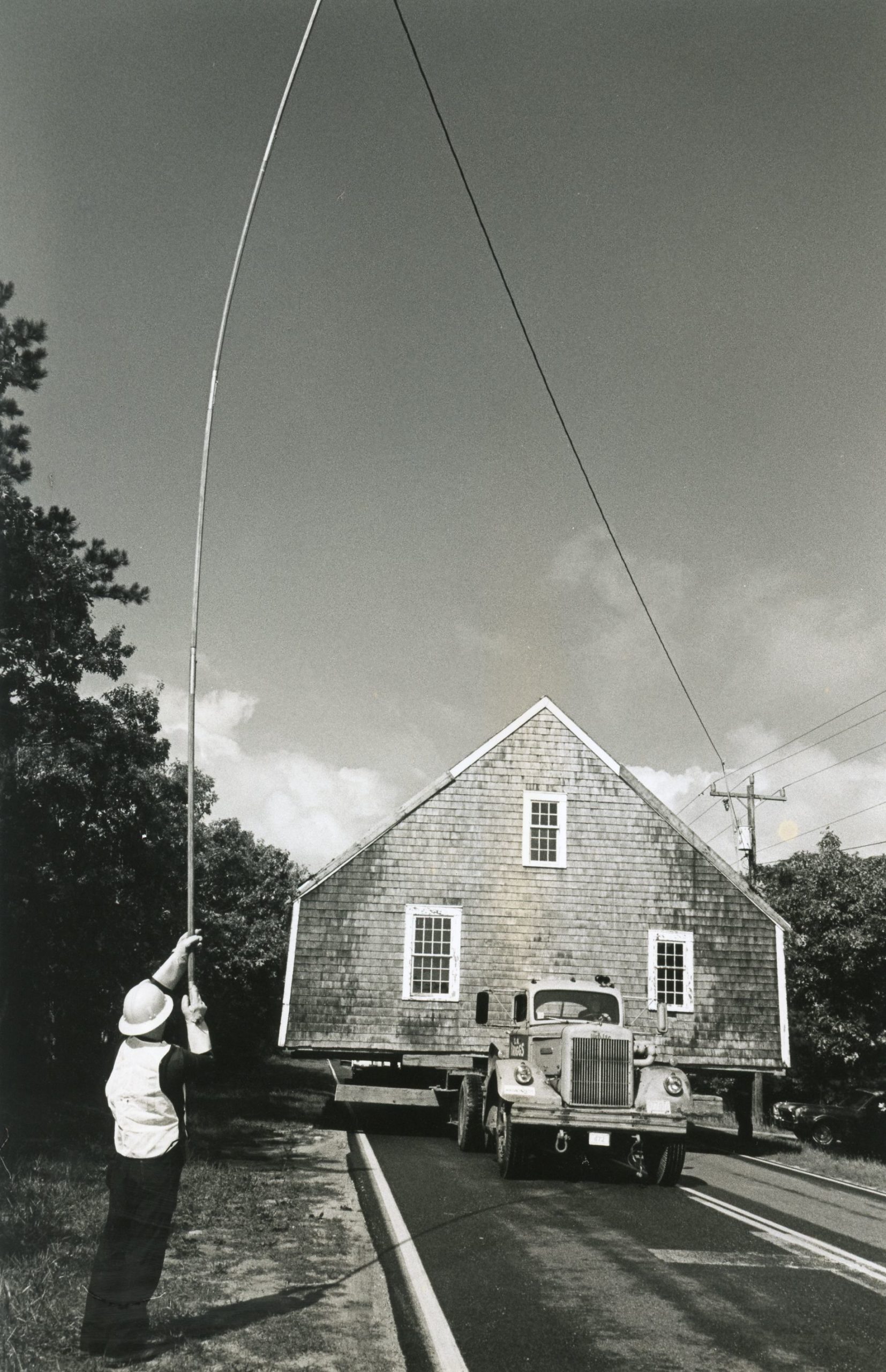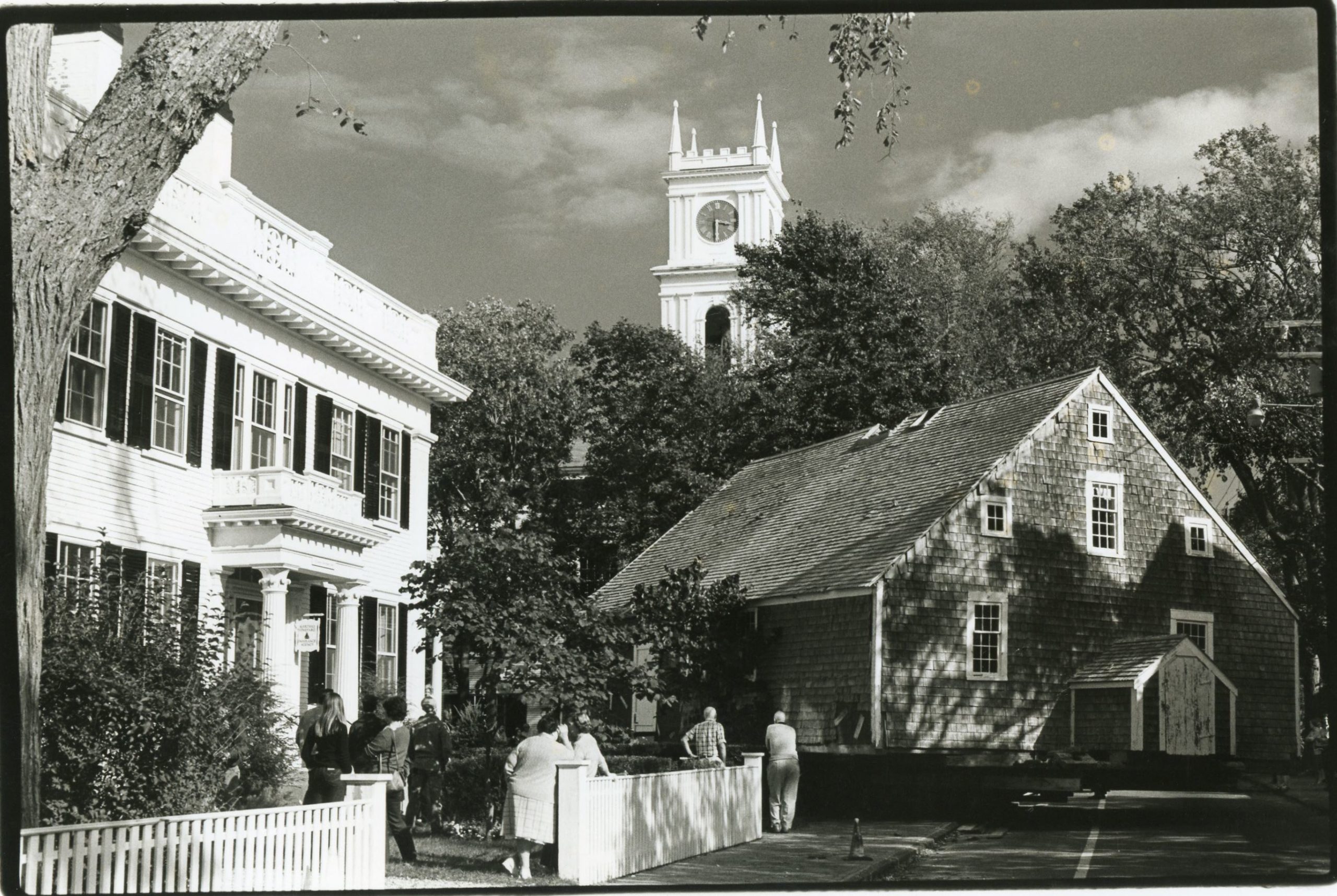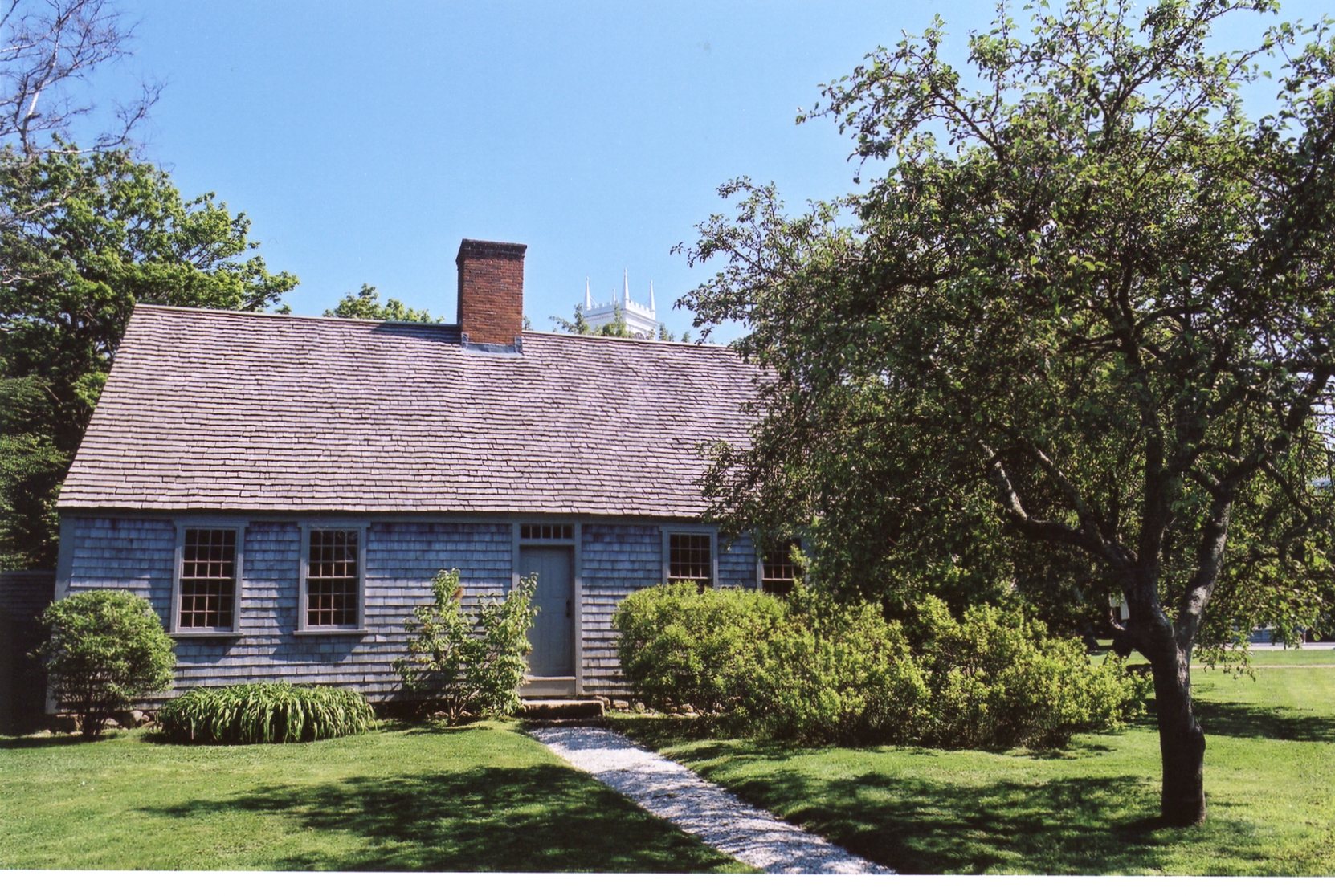Vincent House & Gardens
About
Built in 1672, this modest home once stood on 20 acres of farmland by the shore of Edgartown Great Pond. Known as a Cape, the Vincent House was constructed using traditional techniques of medieval England. Today, it is the oldest surviving residence on the island.
Architectural Gem
The Vincent House is typical of early homes found on Martha’s Vineyard and Cape Cod. It is a 1 ½ story, three-room structure built around a central brick chimney stack. The building is of post and beam construction with wattle and daub insulation, a steeply pitched roof, and battenboard doors – all characteristic of the first building period in the northern English colonies. Eight generations of the Vincent family lived here, each making their changes and bringing the house up to date with new fashions and technologies. Yet, despite many changes, the house’s original character remains intact.
Gardens & Farm
The Vincent House was situated on 20 acres of fields and pastures by the shores of Edgartown Great Pond. The family raised livestock, tended an orchard of pear and apple trees, grew vegetables and grains such as rye and oats, and harvested and processed flax and wool. A small kitchen garden to the side of the house supplemented the family’s diet with herbs, vegetables, and fruit. Tended by women and children, these small plots were often essential to the health and nutrition of 17th-century families, providing much-needed medicinals and various nutritious fruits and vegetables such as berries, turnips, and carrots. Edgartown Great Pond and the ocean beyond provided fresh eels, fish, and shellfish all year, and the forest nearby supplied fresh game such as turkey, rabbit, and deer.
In front of the Vincent House, a small stand of apple trees blooms in a profusion of pink each spring. This small orchard is similar to the small grove of fruit trees that once grew near the house’s original site at Edgartown Great Pond. During the colonial period, fruit trees such as apple, pear, cherry, and quince were found in nearly every yard. The fruit was fashioned into any number of dishes. It was stewed, turned into compote, chutney, jams, and jellies, made into cakes, and baked into pies. Apples were pressed into cider and allowed to ferment to become hard cider – a beverage served all year long to both children and adults.
Island Life
For a family dedicated to farming, home life, and fieldwork in the 1670s had a seasonal rhythm, and every hand was put to work. Whether preparing food, cleaning the house, caring for livestock, planting crops, repairing tools, or going to the market to buy or sell goods, there was plenty to be done.
During the cold months of late autumn and winter, farming families focused on quiet chores on the property. Tools were mended, repairs were made to buildings and fences, and livestock cared for. Women carded, spun and wove wool and flax into fabric that could be sold at market. Children living close to town walked to school to take lessons but the Vincent family taught their children at home next to the kitchen fire, mixing mathematics and reading with kettles and toasters. At night, after the daily work was done, families gathered by the fire to read aloud from books, newspapers, and letters or to tell stories and play instruments. Weekly outings to the market and church services provided an opportunity to socialize with peers, hear the latest news and connect with friends.
During the warmer months of the year, the Vincent family spent long hours caring for crops, livestock, gardens, and one another. Men and older boys took responsibility for animal husbandry, tending the fields, making and repairing tools, and maintaining buildings and fences. Their jobs were dangerous, hot, and difficult, requiring dedication and physical strength. Mothers and daughters spent much of the day preparing meals for the family. Breakfast was typically a dense porridge with trimmings and leftovers from the previous night’s meal tossed in for good measure. The biggest meal of the day was served in the middle of the afternoon and consisted of roasted meat, stewed vegetables, and fruit, bread, cheese, and puddings served with home-brewed beer or hard apple cider. Preparing this repast took the better part of the day, so young children were pressed into service, providing labor for simple tasks such as laundry, cleaning, and tending to the garden. In the evening, families worked on lighter tasks such as sewing or taking care of accounts. When bedtime came, children climbed the stairs to the attic and parents took to the bed in the parlor for the rest needed for another day.
Connect with this landmark
The Vincent House and Gardens is one of the centerpieces of the The Carnegie Heritage Center’s Historic Tour of Edgartown.
Interested in preserving history? Learn more about the Friends of Vincent House that funds the landmark to keep it a vibrant part of the Island story for future generations.
Edgartown, MA
